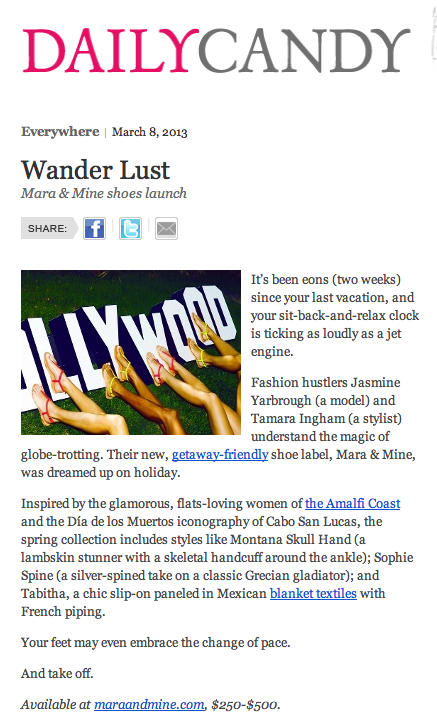Is Your Tone Helping or Hurting Your Brand?
By Crystal Gouldey April 17, 2013
Imagine you’re at your doctor’s office. Your doctor starts explaining the state of your health with colorful slang, maybe some expletives here and there, leaving you a little uncomfortable. Your doctor is supposed to use a professional tone, not a casual one.
This situation can happen to your subscribers as well. People have an idea about your brand, hopefully it’s an idea you helped shape, and when you go against the norm it can be off-putting for your audience.
Let’s take a look at what tones you can be taking, how other businesses use these tones and how you can establish the right tone for your business.
The Formal, Professional Tone
Who it works for: Doctors, lawyers, schools and non-profits, or if you have a high-end product that you want to be taken very seriously
Why use it: If your subject matter tends to be on the serious side, you’ll want to match the tone with your content.
Example: Kokua Hawai’i Foundation

How they accomplish a professional tone:
- The design is colorful and eye-catching, but the text is formal
- They refer to themselves in the third person
- They use language you’d expect from a professional interaction
If you don’t want to go the professional route, you can try the opposite…
The Casual Tone
Who it works for: Restaurants, sports clubs, bands
Why use it: If you want to be a subscribers go-to hangout spot or work-out spot where they can feel like they’re going to a friend’s.
Example: Rosso Trattoria Italia

How they use the casual tone:
- It reads like a note from a friend
- They use first person – it’s from Kristian, the owner
- There are slang and colloquial language
Of course, you don’t necessarily have to do professional or casual. You could do something in between…
The Professional-but-Friendly Tone
Who it works for: Professional services like photography, construction, real estate agents and salons
Why use it: You have important content to communicate, but you don’t want to come across as stiff and formal.
Example: Yoga Journal

How they pull this off:
- They engage the reader in a conversation starting off with a question
- They share information specifically geared towards helping their readers
- They use a newsletter format
If you’re looking to sell something, you might want to take your tone in a completely different direction…
The Sales Pitch Tone
Who it works for: Retailers, attractions, travel agents
Why use it: If your company is based on product(s), you may want to adopt the sales pitch tone.
Example: GAP

Why it’s a sales pitch:
- There is not a lot said
- The email is highly visual
- The goal is clearly the sale
Keep in mind you can blend the sales pitch with another tone though…
The Friendly Sales Pitch
Who it works for: Retailers looking to add warmth to their brand
Why use it: For big business retailers like GAP, they have no problem sending hard-sell emails out to their large customer base. For smaller businesses, you may want to look at developing a relationship with your subscribers while you’re trying to convert them.
Example: Daily Candy

What makes this work as a friendly sales pitch:
- They use friendly, personal language
- You get to know the company
- The end includes a link to the product they talk about
Note that Daily Candy is a news site – they’re not the ones actually selling the product – but they way they present the product in the post is perfect as a friendly sales pitch.
So Should You Change Your Tone?
If one of these examples matched what you’re trying to do, you might be eager to try it out. For those just starting out, this is the perfect time to set the right tone for your emails. For those that have been emailing awhile, one study found that it might be good to try out a different tone.
If you’re in the latter boat, keep in mind that it will be very confusing for subscribers if you talk to them one way and the next week you talk to them in a different way. Try to figure out what your brand means to people. Are you active on social media? If so, the jump to casual emails may not be that high.
Regardless, any change you make in tone should start as a subtle shirt here and there until you see how your subscribers respond.
What Tone Do You Respond To?
Do you like businesses that talk to you like a friend, or do you prefer more formal interactions? Does it matter what the business does?
 87% off ends soon!
87% off ends soon! 